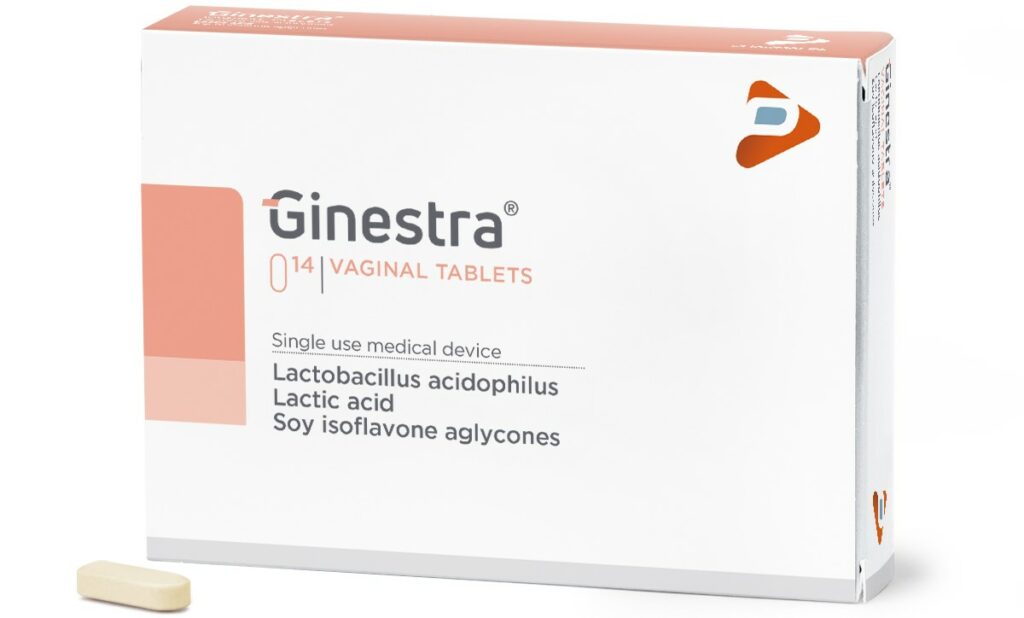Export Partners » Products » Ginestra

to learn more
It is a common vaginal infection that causes discharge, odor, and irritation. It can predispose women to sexually transmitted infections.
Symptomatic vaginitis accounts for millions of clinical visits annually. The main diagnoses are bacterial vaginosis, vulvovaginal candidiasis, and trichomoniasis. In a review of symptomatic women, bacterial vaginosis was diagnosed in 22–50%, vulvovaginal candidiasis in 17–39%, and trichomoniasis in 4–35%.
t is a common vaginal infection that causes discharge, odor, and irritation. It can predispose women to sexually transmitted infections. Recurrent bacterial vaginosis may require a treatment to return the vaginal flora to a normal predominately lactobacilli-dominated environment.
In bacterial vaginosis, lactobacilli are decreased, with increases in other microorganisms. Candida albicans is responsible for 65–90% of vaginal Candida species infections, and non-albicans Candida species are responsible for up to 30%.
Menopause is a phenomenon that inevitably occurs in the life of every woman, subject to the loss of hormonal function of the ovaries. Characterized by a chronic progressive course, vulvovaginal atrophy significantly impairs the quality of life and sexual health of women.
Women affected by this condition may present a variety of symptoms like vaginal and vulvar pain and irritation. Vaginal dryness due to hypoestrogenism can be accompanied by itching, burning, discharge, and dyspareunia. As the estrogen deficiency grows, dystrophic and atrophic changes develop in the vaginal mucosa, vulva, and other structures of the urogenital tract. Thus, in 7–10 years after the termination of menstruation, atrophic changes are observed in almost 50% of women.
This information is exclusively dedicated to B2B communications for the worldwide distribution of our products.
Do you declare to be a business partner?